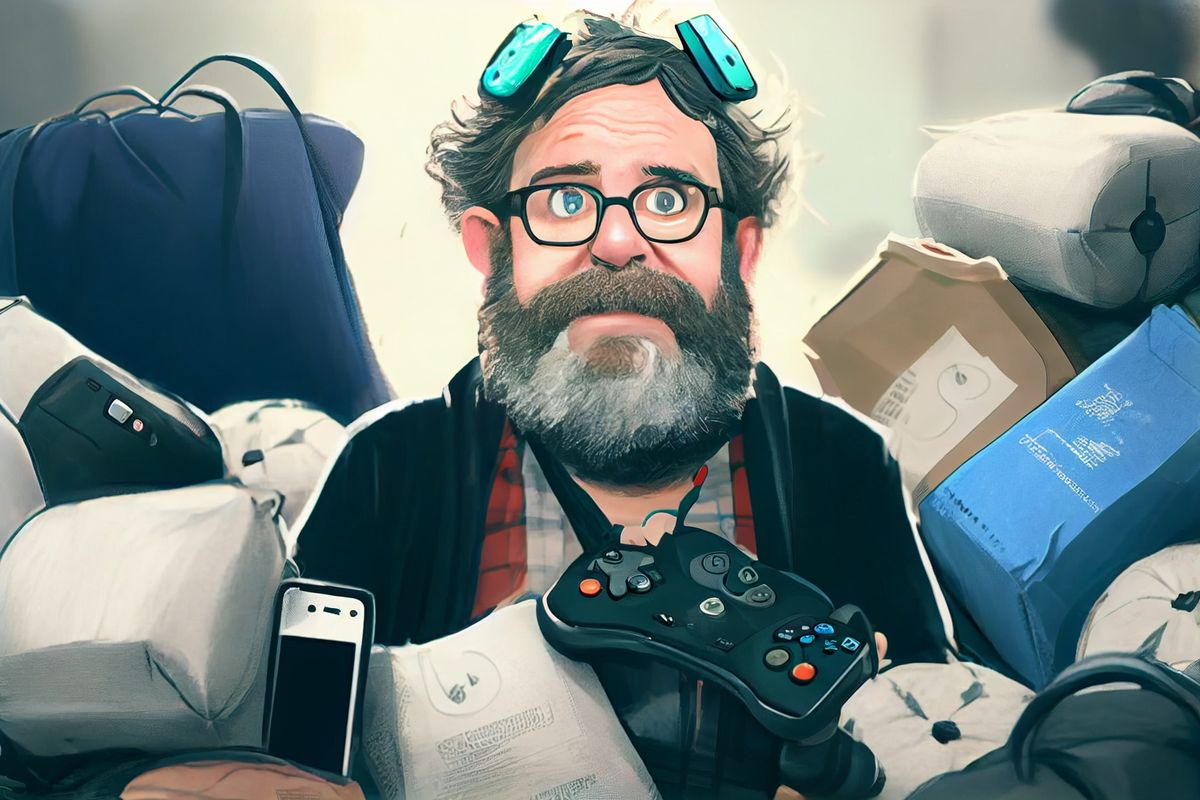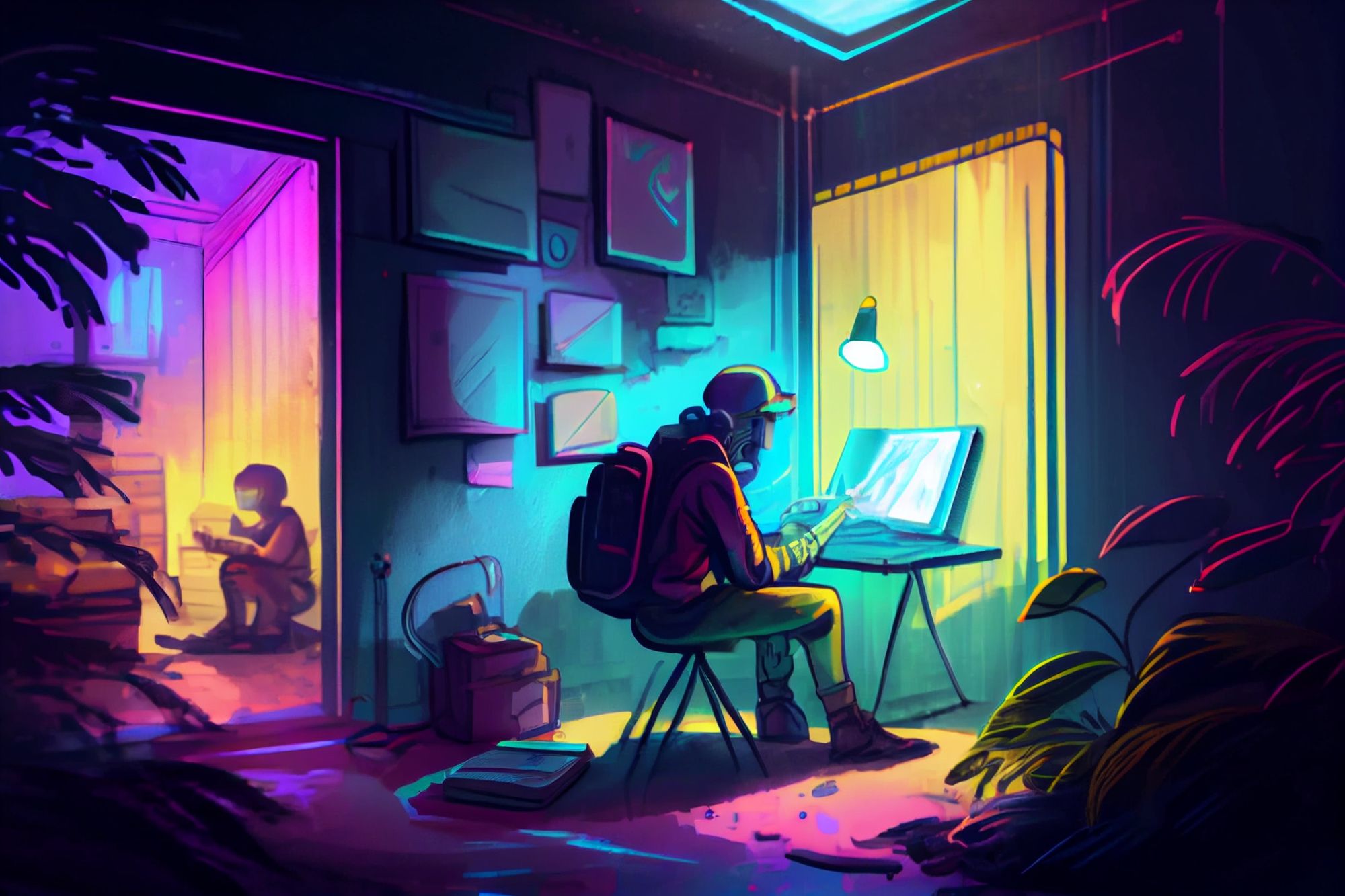YouTube is the missing ingredient in games coverage
The problem with gaming journalism from mainstream outlets lies in our rejection of video. Plus TikTok’s Canadian woes and more.

Neiman Lab has an interesting piece by Luke Winkie about the struggle for traditional games journalism to have an impact. This is a big issue. Games are a massive industry now — bigger than Hollywood — and have a vast cultural impact. The hugely successful TV series The Last of Us has created critical and commercial impact, while staying true to its gaming roots.
However, Winkie’s piece comes at it very much from the mainstream media perspective, though:
Last month, Launcher — The Washington Post’s gaming vertical that broke ground in 2019 — announced it would be shuttering operations and terminating five of its staffers. (In total, 20 people from the Post’s editorial division were laid off.) The news came on the heels of a number of smaller, more enthusiast-oriented publications hemorrhaging staff members at the behest of management. GameSpot and IGN, two bastions of games coverage, were shrunk by their ownership groups (Fandom and Ziff Davis, respectively), as the calendar turned over into 2023.
And this focus is understandable, given the Neiman Lab audience and the scale of the layoffs, but as I was reading, I couldn’t help but feel that there was a gigantic part of the discussion missing. Why? Because games journalism is huge: it just doesn’t exist on the platforms we expect, and in the forms we prefer.
And then, finally, 13 paragraphs in, we get to this critical paragraph:
That said, games journalists are at one unique disadvantage compared to the rest of the cultural dialogue, because an expansive alternative media ecosystem exists on YouTube and Twitch where hugely influential content creators, like Felix “PewDiePie” Kjellberg and Mark “Markiplier” Fischbach, provide their own commentary about the games industry in direct competition with reporters.
Well, of course. This is the problem with games journalism from mainstream, web-based outlets. They're not what the audience has learned to expect. My daughters are both pre-teen, and they’ve already both learned that the place to go for interesting, entertaining and helpful games coverage is YouTube. It would never occur to them to go to Google, or to any other website, for that matter.
When will we start taking YouTube seriously?

We still have a real issue as an industry acknowledging that YouTube and streamers are our competition, and that many of them are very much part of journalism. It’s as if, as a profession, we’ve mentally walled off YouTube as “other”, a secondary or tertiary platform in our discussions, rather than a major player which attracts vast amounts of online attention.
Until we start taking YouTube much more seriously as a medium, we will not going to succeed in the gaming space. And if we don’t succeed in the gaming space, we’ll continue in a slide to cultural irrelevance for generations to come.
Any effort to build a more serious, more traditional journalistic approach to games coverage needs to start with YouTube and Twitch and build outwards from there. Who’s got the guts and the talent to do that?
No TikTok for you, eh?

Canada’s become the latest country to ban TikTok on government employee devices. Benedict Evans thinks that the decisions are targeting the wrong problem, as he comments in his newsletter:
This seems to me to miss the point: the old concern about TikTok was that it was somehow spying on you, but smartphone operating systems, and especially iOS, make that very hard - partly due to controls that the EU Commissions’s competition policies are trying to erode. The more real concern is how the recommendation algorithms can be skewed: the PRC can decide what news you see.
He’s right: having what people see in the potential control of an antagonistic power is handing a huge geopolitical advantage over to China. Of course, we can’t ignore the platform — its mindshare among younger generations is just too high. I’ll write about this in more depth in the coming weeks, but we really need to develop a two-pronged strategy:
- Find ways to bring the best of the audiences we build on TikTok into direct relationships.
- Think of vertical short form video as a distinct category of its own, with expressions in Reels, TikTok, and even YouTube shorts.
Quickies
- 🐘 Flipboard adds Mastodon support – and an instance
- ⌨️ OK - it's a product plug, but there are some interesting details about how the Irish News liveblogs politics in there.
- 🤖 Meta scrambles to create a new generative AI product team. Did you back the wrong horse with the Metaverse, Mark?
- 🎧 How to make podcasting part of your product strategy.
- 💼 Some practical tips to make the most of LinkedIn.
On ChatGPT and search
I've been testing out #BingAI today and it's made me (slightly) less worried about the impact of AI on #SEO, for a few reasons.
— Oliver Barsby (@OliverBarsby) February 28, 2023
One of the main ones is Speed. It can take up to 40s to fully generate an answer.
I'm not sure users are waiting around for that. pic.twitter.com/iABVHSC0VZ





